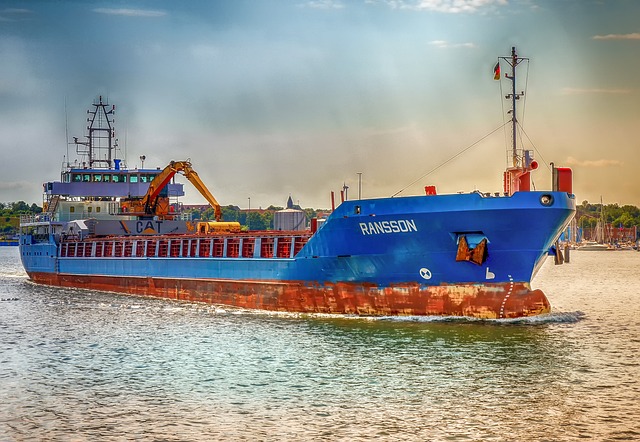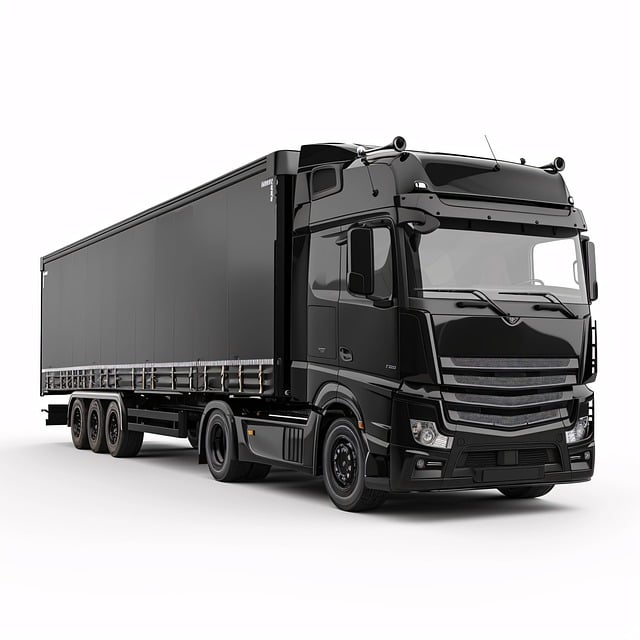Choosing between enclosed and open transport significantly impacts auto shipping costs. Enclosed shipping offers superior protection for valuable or high-end vehicles, safeguarding them from weather and debris but comes at a premium. Open shipping is a cheaper option for bulk shipments and standard cars but leaves them vulnerable to environmental factors, potentially affecting their value. Understanding these differences helps owners make informed decisions based on budget and vehicle protection needs.
Choosing the right auto shipping method can significantly impact your budget and your vehicle’s condition. This article breaks down enclosed vs open car transport services, explaining their distinct features, costs, and benefits. We’ll explore factors influencing shipping expenses, from vehicle type to distance, and provide insights on when each method is most suitable. Learn how to make an informed decision and select a reliable auto shipping company for a stress-free experience.
- Understanding Auto Shipping Costs: Enclosed vs Open Transport
- – Definition and basic differences between enclosed and open car transport services.
- – Advantages and disadvantages of each method in terms of cost, safety, and convenience.
Understanding Auto Shipping Costs: Enclosed vs Open Transport

When considering Auto Shipping Costs, one of the primary factors is the type of transport chosen—enclosed or open. Enclosed transport offers enhanced protection for your vehicle during transit, as it’s secured within a sealed, weatherproof container. This method is particularly suitable for high-end or classic cars, which require meticulous care and are often more valuable. Open transport, on the other hand, involves carrying vehicles on flatbed trucks with minimal cover. It’s cost-effective for bulk shipments and standard vehicles but leaves them exposed to elements like sun, rain, and debris.
The decision between enclosed and open transport directly impacts your Auto Shipping Costs. Enclosed shipping is generally more expensive due to the additional structural protection it provides. Yet, it ensures better preservation of the vehicle’s condition, especially in harsh weather conditions or during long-distance travel. Open shipping, while less costly, comes with risks such as potential damage from road debris or extreme weather, which could affect the car’s aesthetics and value.
– Definition and basic differences between enclosed and open car transport services.

Enclosed car transport services offer a secure and protected method for moving vehicles, ensuring they are entirely covered during transit. This type of service is ideal for classic or high-end cars, as it shields them from potential weather conditions, road debris, and other external factors that could cause damage. In contrast, open transport allows vehicles to be carried on flatbed trucks with no enclosure, making them more exposed but often a more cost-effective option.
Auto shipping costs can vary significantly depending on the type of transport chosen. Enclosed services typically command higher prices due to the specialized equipment and additional safety measures required. Open transport is generally more affordable, especially for shorter routes or when budget constraints are a factor. When comparing quotes for auto shipping, understanding these differences can help car owners make informed decisions based on both cost and vehicle protection needs.
– Advantages and disadvantages of each method in terms of cost, safety, and convenience.

Enclosed auto transport offers superior protection for your vehicle during transit. The sealed carrier shields cars from direct exposure to weather conditions and potential road debris, significantly reducing the risk of damage. This method is ideal for classic or luxury vehicles that require meticulous care. However, it typically comes at a higher cost compared to open transport, making it less budget-friendly for those on tight budgets.
Open car shipping, while more affordable, exposes vehicles to environmental elements during the journey. It’s suitable for ordinary vehicles in good condition and for those seeking a quicker, more direct route since open carriers can navigate narrow streets and congested areas where enclosed transport might struggle. Nevertheless, potential risks of weather damage or minor scratches are higher with this method, which may affect the vehicle’s resale value. Auto shipping costs vary based on these factors, so choosing between enclosed and open transport depends on balancing safety, convenience, and cost considerations for your specific needs.
When deciding between enclosed and open car transport services, understanding the nuances of auto shipping costs is key. Enclosed transport offers enhanced safety and protection against weather and damage, but comes at a higher price point. Open transport, though more affordable, leaves vehicles exposed to potential weather conditions and minor scratches. Ultimately, the choice depends on your budget and the level of security you require for your vehicle during transit. Consider these factors to make an informed decision that aligns with your auto shipping needs and financial constraints.
